A ripple tank is a shallow tray of water with a light source that illuminates the water’s surface to study water wave behavior. It can be used to:
- Measure wave properties: Calculate the frequency, wavelength, and speed of waves on the water’s surface
- Demonstrate wave phenomena: Demonstrate reflection, refraction, dispersion, and interference
- Show wavefronts: Demonstrate parallel wavefronts, their reflection on different surfaces, and their diffraction around barriers
- Show wave interference: Demonstrate the interference of waves produced by two point sources
Here are some tips for using a ripple tank:
- Safety: Use low voltage lamps that are battery powered or take their power from a labpack. The lamp’s outside casing gets extremely hot and can cause burns.
- Setup: Place absorbent rags around the tank’s perimeter to prevent unwanted reflections.
- Maintenance: After use, empty the tank and dry all parts.
- Leveling: Make sure the tank is perfectly level.
- Dipper: The dipper should barely touch the water’s surface.
- Frequency: Higher frequencies will generally cause distortion with less amplitude.

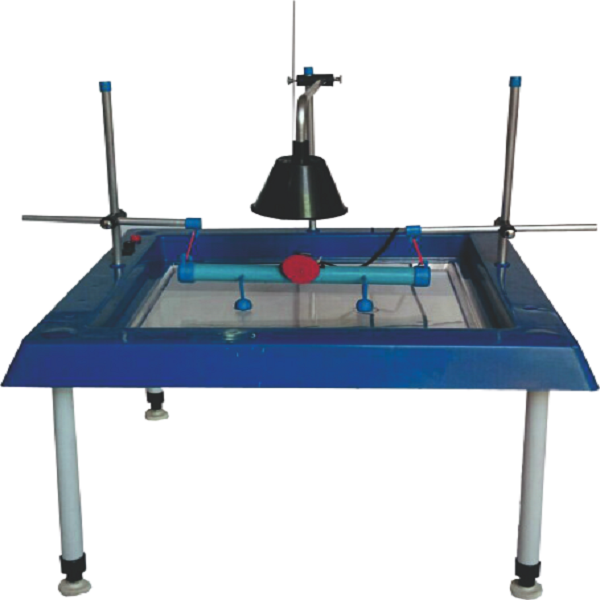
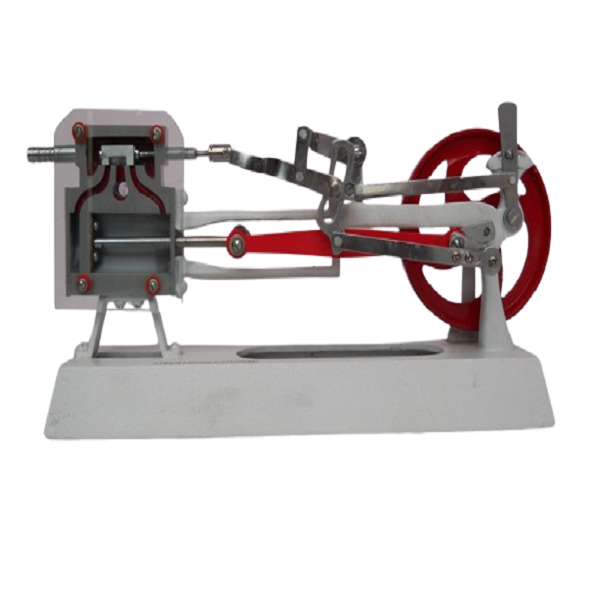
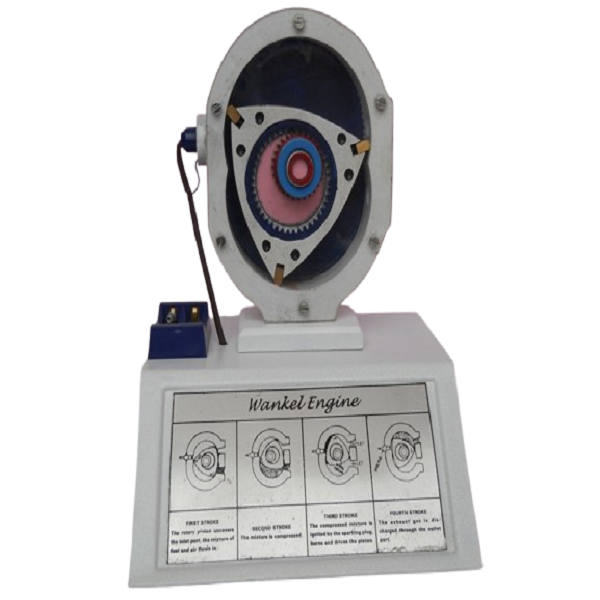
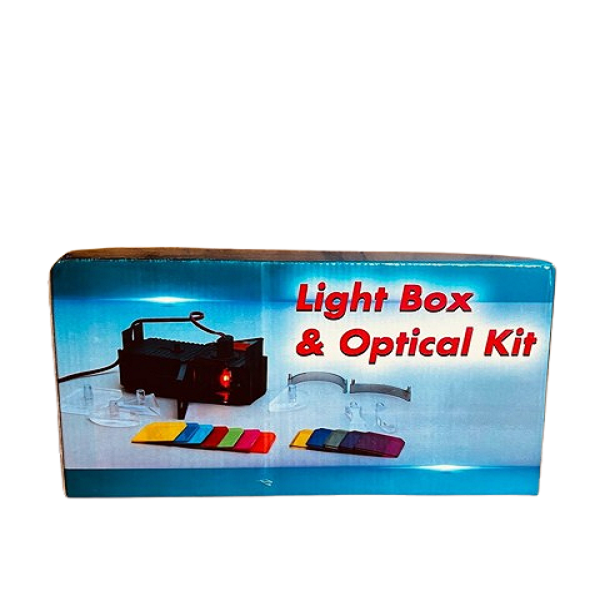
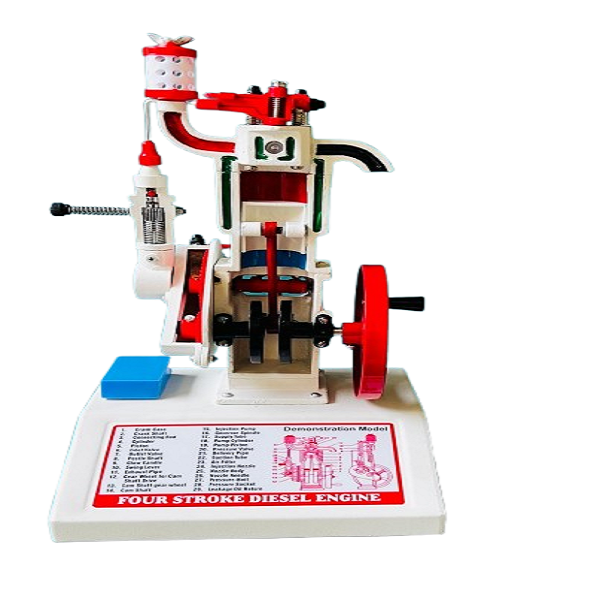
There are no reviews yet.